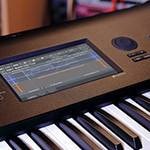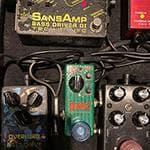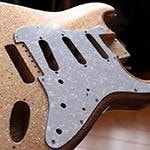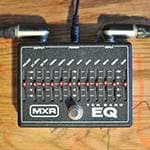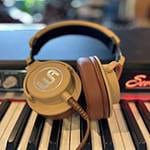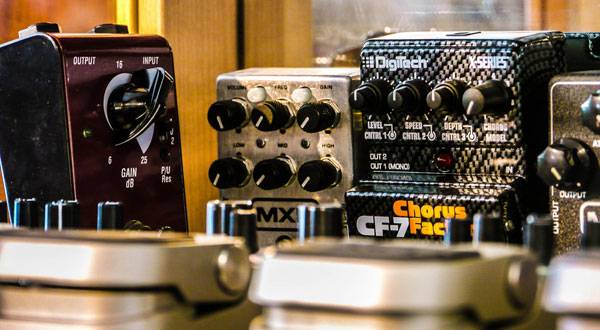
Hello! Kaoru the composer here!
This time, I’ll talk about delay effects and recommend some great products.
The delay effect falls under the “spatial effects” category, which is similar to reverb.
In terms of how delay works, think of it as the guitar sound coming back slightly delayed, kind of like an echo.
This effect helps to add a sense of space and depth to the sound.
Delay is widely used not only with guitar but also with instruments like bass, strings, and snare drums.
Some say that Les Paul (the creator of the guitar) was the first to use delay, though there are various theories about this.
There are two main types of delay: analog delay and digital delay.
Let’s take a look at the characteristics of each.
■ What is an Analog Delay?
Analog delay can sometimes result in sound quality degradation due to factors like the deterioration of magnetic materials or the signal passing through multiple electrical circuits.
This degradation tends to particularly affect the high-frequency range.
However, the naturally warm sound that’s unique to analog makes it a popular choice, as it blends well within a band ensemble.
While it can have its quirks, the distinctive character of each product gives these effects a certain charm.
In the past, they were also referred to as “echo machines.”
■ What is a Digital Delay?
A digital delay is characterized by its ability to repeat the original input sound exactly as it is.
In other words, there’s no degradation in sound quality, making it relatively easy to use.
It delivers a crisp and defined sound, which pairs exceptionally well with synthesizers. Many people seem to use them together.
Compared to analog, digital delays offer superior functionality and can achieve a wide range of effects depending on the settings.
However, many beginners may find them a bit difficult to master at first.
■ Basic Usage
The effect of delay is simple, but depending on how it's used and set up, it can serve a wide range of purposes.
Here are some typical ways to use it:
○ Short Delay
By delaying the sound at very short intervals, you can simulate a reverb-like effect.
This is often used with playing styles like arpeggios and can be quite effective.
One common method is to set a mono delay with a delay time of around 20 ms and feedback set to 0, so the delayed sound only repeats once. This creates a "doubling" effect.
○ Long Delay
By setting a longer interval (around 200 ms delay time), you can create an echo-like effect.
This is frequently used in guitar solos.
In some cases, it can also blend well with arpeggios, so experimentation is key.
○ Other Uses
Another approach is to harmonize the delayed sound with the guitar you're currently playing.
While this is a rather advanced technique, it can create a very cool and impressive sound.
■ Functions of Each Knob
Let’s break down the roles of the main controls typically found on delay pedals, specifically “Time” and “Feedback.”
Understanding these is crucial when choosing your gear!
○ Time
This controls the delay time.
Delay time refers to the length of time the signal is delayed before the repeat is heard.
Many pedals allow for intuitive, manual settings, and more advanced models let you set musically precise values, such as quarter notes or dotted eighth notes.
If the pedal has a tap tempo function, you can also set the delay time by tapping the footswitch in rhythm with the desired tempo.
○ Feedback
Feedback controls how many times the delayed sound repeats.
The more you turn the knob, the more repeats you get.
Now, let’s pick up some recommended products available at Sound House!
A next-generation digital delay pedal packed with many features in a highly durable metal body.
With this one unit, you get:
- STANDARD
- ANALOG
- TAPE
- DRUM
- SHIMMER
- TERA ECHO
- PAD ECHO
- PATTERN
- LO-FI
- DUAL
- DUCKING
- REVERSE
A total of 12 types of delay effects included.
Also, it’s equipped with a highly visible display, so you can use it with confidence even on dark stages.
It has all the strengths unique to digital, so it will greatly expand the range of your performance.
Additionally, the built-in looper function is another attractive feature!
This digital delay is very popular among both professionals and amateurs.
Despite being a compact size typical of BOSS,
- ANALOG
- STANDARD
- TAPE
- WARM
- REVERSE
- +RV
- SHIM
- MOD
- WARP
- GLT
- LOOP
It features 11 different delay modes.
Equipped with abundant input/output options, it supports fully independent stereo, panning, and wide stereo.
It also has a looper function that can record up to 40 seconds.
By using an external footswitch or expression pedal, you can enjoy even more interesting ways to use it.
Despite having so many features, the intuitive operation makes it very attractive!
BOSS / DM-2W Guitar Effect Delay
The warm sound created by the Bucket Brigade Device (BBD) is unique to analog.
Although production ended in 1984, its popularity has not faded and has led to the release of a reissue model.
It features a standard mode that inherits the original characteristics and a custom mode suited for modern music.
This is an effect pedal that you’ll want to keep using because you can enjoy the degradation of sound.
That concludes my explanation of the delay effect and the introduction of some great products that I recommend.
Both analog and digital have their own charm, so it’s hard to choose which one is better!
I encourage everyone to give them both a try!!
The “sound & person” column is made up of contributions from you.
For details about contributing, click here.





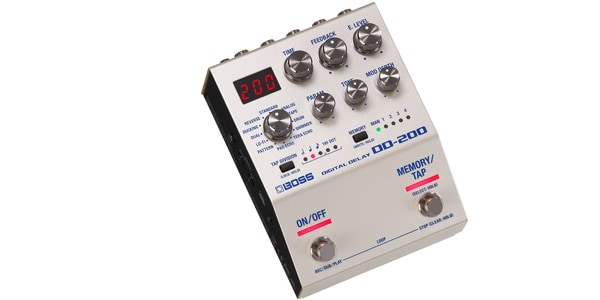
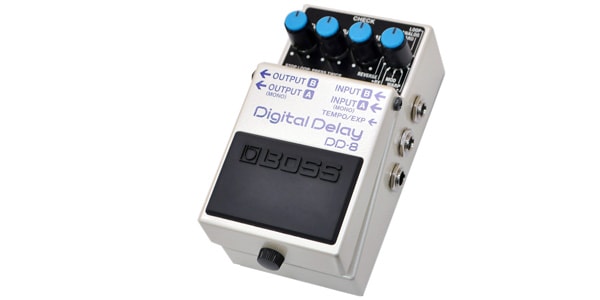
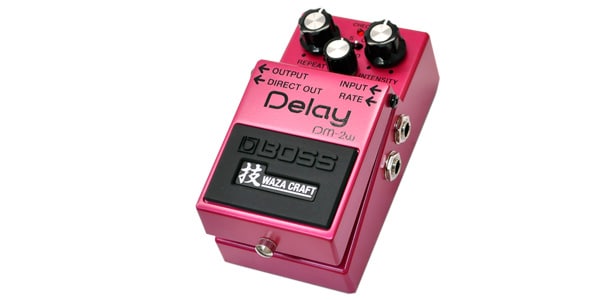

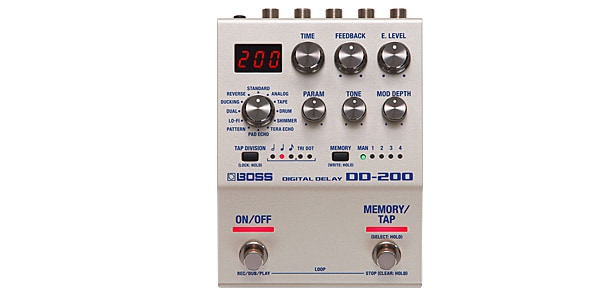



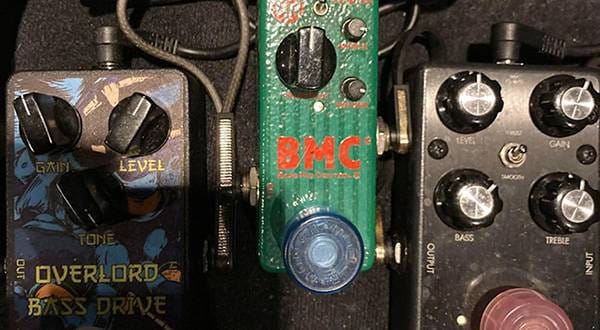
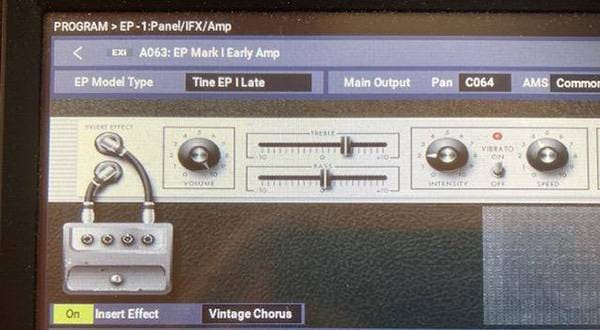
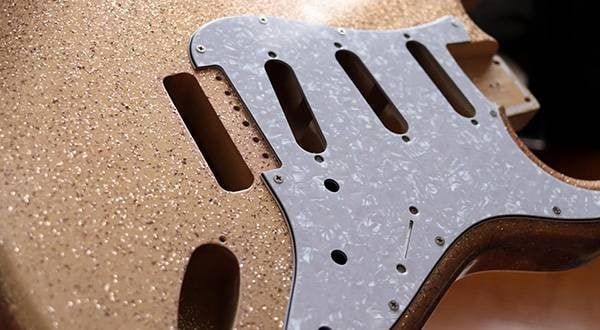
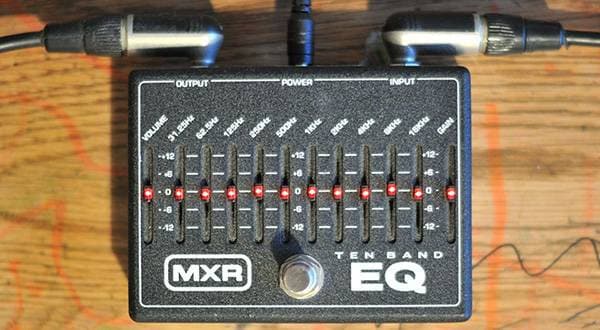

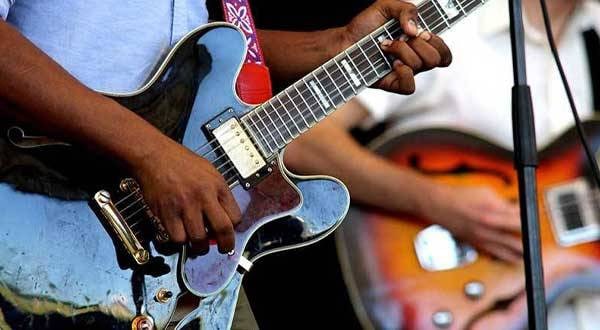

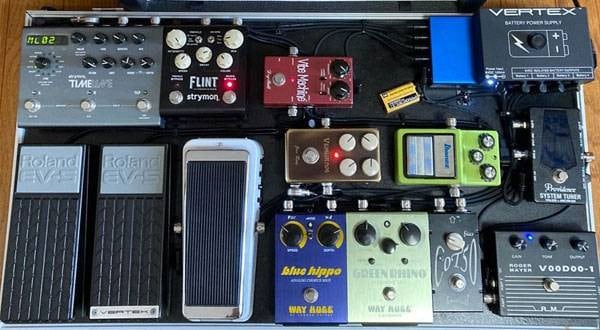
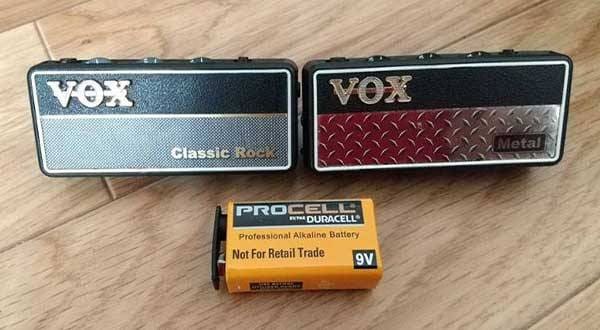
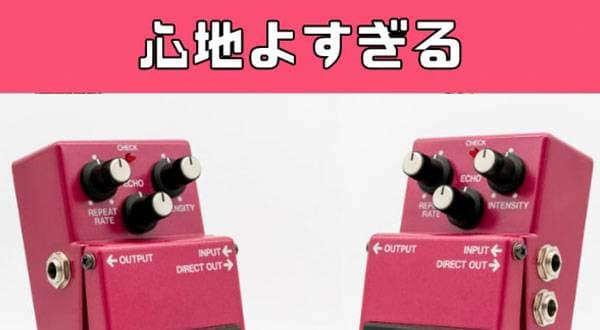
 【初心者向け】エフェクター講座
【初心者向け】エフェクター講座
 あなたのエフェクターボード見せてください
あなたのエフェクターボード見せてください
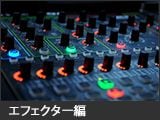 エフェクター編
エフェクター編
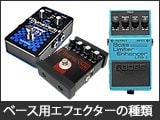 ベース用エフェクターの種類
ベース用エフェクターの種類
 エフェクターのつなぎ方
エフェクターのつなぎ方
 エフェクターの種類
エフェクターの種類
